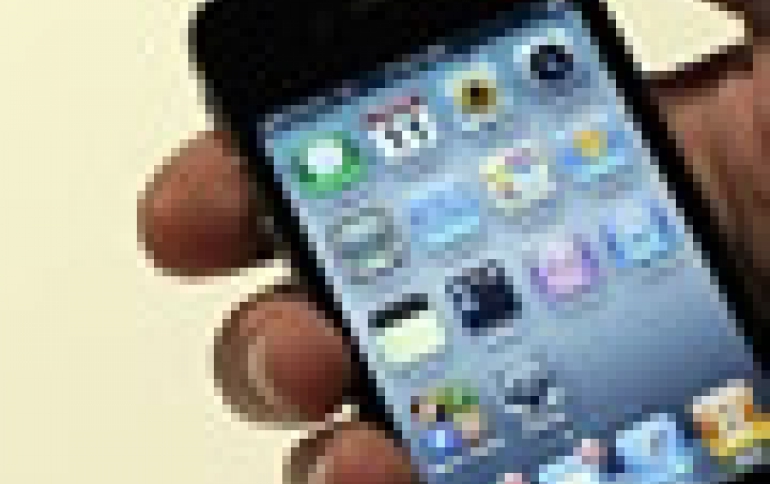
Apple Changes iPhone 4's Screws To Lock Out Unauthorized Service
Apple is reportedly replacing the screws of its iPhone 4 devices in line with the company's philosophy of maintaining absolute control over its products.
Kyle Wiens, chief executive of iFixit, an Apple repair and parts supplier, said that Apple stores are replacing screws on iPhone 4s brought for servicing with tamper-proof screws to prevent anyone else from opening the device. The purpose of the new screws is to keep people out of the iPhone and prevent them from replacing the battery, Wien said.
Wiens added that the first iPhone 4s with different screws on the bottom - which looked like very small Torx - appeared in Japan. He described these screws as "tamper-resistant" and added that there are no readily available screwdrivers that can remove it. As a result, Apple chose this fastener specifically because it was new, guaranteeing repair tools would be both rare and expensive.
This type of screrws first appeared in the mid-2009 MacBook Pro to prevent users from replacing the the battery and Apple is using a similar screw on the outer case of the current MacBook Air.
Wiens said that with the old screws the iPhone 4 battery was easy to change although that was not known to many customers. "Apple wants to be in the business of selling you the new battery," Wiens said.
Before the iPhone, cell phones without user-replaceable batteries were almost unheard of. Apple realized that they could sell more phones if they built the phone with an integrated battery, prompting users to upgrade once the battery wore down. According to tests performed at by ifixit, Lithium-Ion batteries have a finite life of 300 to 500 cycles. So if you use up your battery completely every day, it'll only last a year or so. Once the battery is worn down, it needs to be replaced. Until the iPhone, all consumer product designs included a way to replace consumables. Apple's approach has turned product design on its head.
Apple will replace iPhone batteries free if the device is under warranty, but otherwise charges $79. However, the procedure will erase the phone's memory. Wiens claims that the battery replacement procedure is intentionally expensive, because Apple doesn't want users to replace the battery. "Apple wants you to buy a new phone but if you insist on doubling its lifespan by replacing your battery, they want to make some money in the process. Never mind that iPhone batteries retail for just $20, and cost Apple far less than that," Wiens added.
Wiens added that the first iPhone 4s with different screws on the bottom - which looked like very small Torx - appeared in Japan. He described these screws as "tamper-resistant" and added that there are no readily available screwdrivers that can remove it. As a result, Apple chose this fastener specifically because it was new, guaranteeing repair tools would be both rare and expensive.
This type of screrws first appeared in the mid-2009 MacBook Pro to prevent users from replacing the the battery and Apple is using a similar screw on the outer case of the current MacBook Air.
Wiens said that with the old screws the iPhone 4 battery was easy to change although that was not known to many customers. "Apple wants to be in the business of selling you the new battery," Wiens said.
Before the iPhone, cell phones without user-replaceable batteries were almost unheard of. Apple realized that they could sell more phones if they built the phone with an integrated battery, prompting users to upgrade once the battery wore down. According to tests performed at by ifixit, Lithium-Ion batteries have a finite life of 300 to 500 cycles. So if you use up your battery completely every day, it'll only last a year or so. Once the battery is worn down, it needs to be replaced. Until the iPhone, all consumer product designs included a way to replace consumables. Apple's approach has turned product design on its head.
Apple will replace iPhone batteries free if the device is under warranty, but otherwise charges $79. However, the procedure will erase the phone's memory. Wiens claims that the battery replacement procedure is intentionally expensive, because Apple doesn't want users to replace the battery. "Apple wants you to buy a new phone but if you insist on doubling its lifespan by replacing your battery, they want to make some money in the process. Never mind that iPhone batteries retail for just $20, and cost Apple far less than that," Wiens added.





















